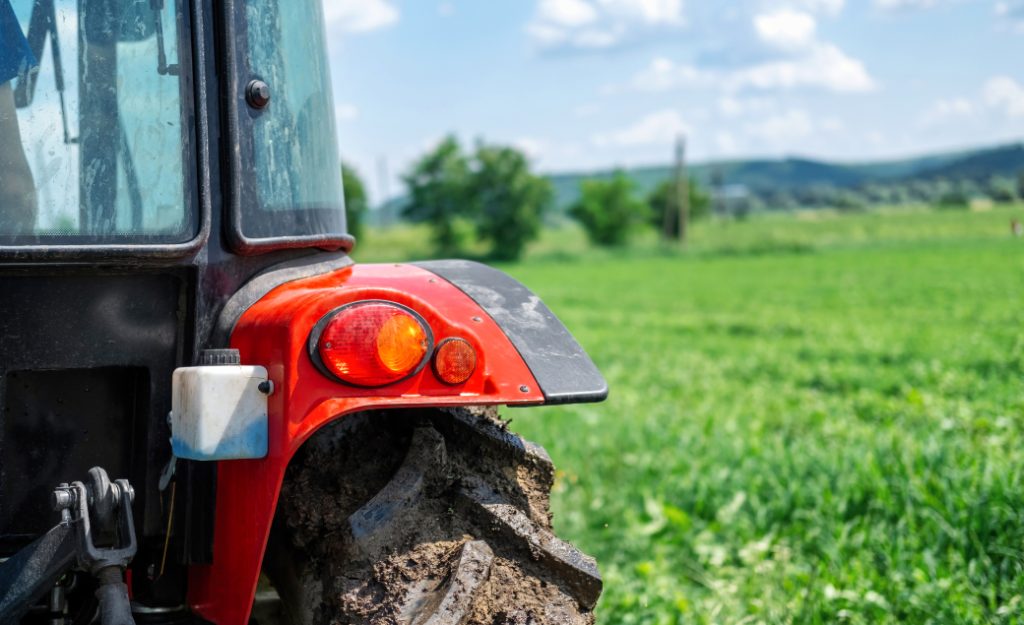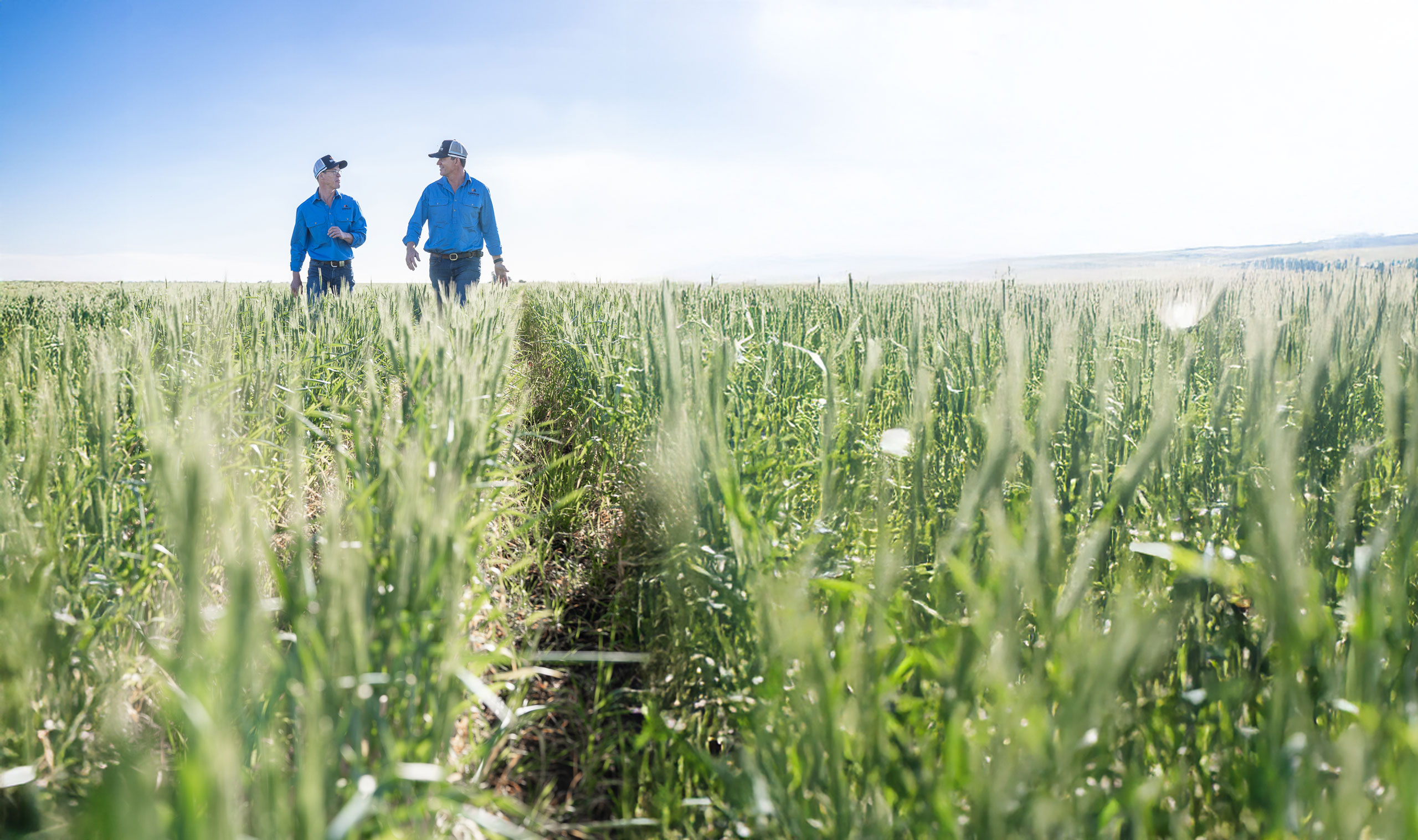Operating Small Tractor on Uneven Terrain
In the world of farming, navigating uneven ground presents unique challenges that can impact productivity and equipment longevity. As we explore the principles behind effectively managing a small tractor on rough terrain, we highlight how terrain variability affects agricultural operations and the engineering considerations that can enhance your tractor’s performance in such conditions. Understanding these factors is crucial for maintaining efficient and safe farming practices.
Terrain Understanding
Understanding your terrain is crucial for effective tractor operation on uneven ground. Different types of terrain—such as slopes, rocky patches, or soft, muddy areas—pose unique challenges that can affect both your tractor’s performance and your safety. By assessing the terrain before starting work, you can identify potential hazards and obstacles, adjust your driving strategy, and plan your route to minimize risk. This awareness helps prevent accidents and ensures more efficient and controlled operation.
Tractor Features
Modern small tractors are equipped with various safety features designed to enhance operator security on uneven terrain. These features may include rollover protection systems, stability control, and advanced braking mechanisms. Familiarizing yourself with these safety features and understanding how they function can significantly reduce the risk of accidents. Proper use and regular checks of these features ensure they are functioning correctly and provide a safer working environment.
Know How To Handle Hills
Operating a tractor on hills requires special techniques to maintain control and stability. Understanding how to approach, ascend, and descend hills safely is key. When ascending, ensure your tractor has sufficient power and avoid excessive speed to prevent stalling or tipping. When descending, use engine braking and avoid sudden movements to maintain traction and control. Proper hill handling techniques reduce the risk of accidents and equipment damage.
Cover Crops
Cover crops play a vital role in soil protection by offering a range of benefits that enhance soil health and sustainability. These plants, grown primarily to cover the soil rather than for harvest, create a protective blanket that shields the soil from erosion caused by wind and rain. Their root systems help to bind the soil, preventing it from being washed or blown away, which is particularly important during off-season periods when the soil would otherwise be bare and vulnerable.

Reduce Speed On Slopes
Reducing speed on slopes is essential for maintaining control and stability. On inclined or declined surfaces, your tractor’s traction can be compromised, increasing the risk of skidding or tipping. By slowing down, you give yourself more time to react to changes in terrain and avoid sudden maneuvers that could destabilize your tractor. This cautious approach helps in safely navigating slopes and prevents potential accidents.
Use Caution Around Curves
Curves on uneven terrain can be particularly hazardous due to shifting weight and potential loss of traction. When navigating curves, take extra care to slow down and avoid sharp turns. Gradually adjusting your speed and steering allows for better control and reduces the likelihood of tipping or losing traction. Being cautious around curves helps maintain stability and ensures smoother operation on challenging terrain.
Keep Up With Regular Maintenance
Regular maintenance is vital for ensuring your tractor remains in good working condition, especially when operating on uneven terrain. Routine checks and servicing—such as inspecting the tires, brakes, and suspension system—help prevent mechanical failures that could compromise safety and performance. Keeping up with maintenance ensures that all components are functioning properly, reducing the risk of breakdowns and prolonging the life of your equipment.
At Dawson Agriculture, we’re not just about equipment; we’re about bespoke, cost-effective solutions that cater to your unique agricultural needs. Under Jeremy’s expert guidance, we offer invaluable insights into the most suitable equipment and strategies to tackle the specific challenges of your farm.


